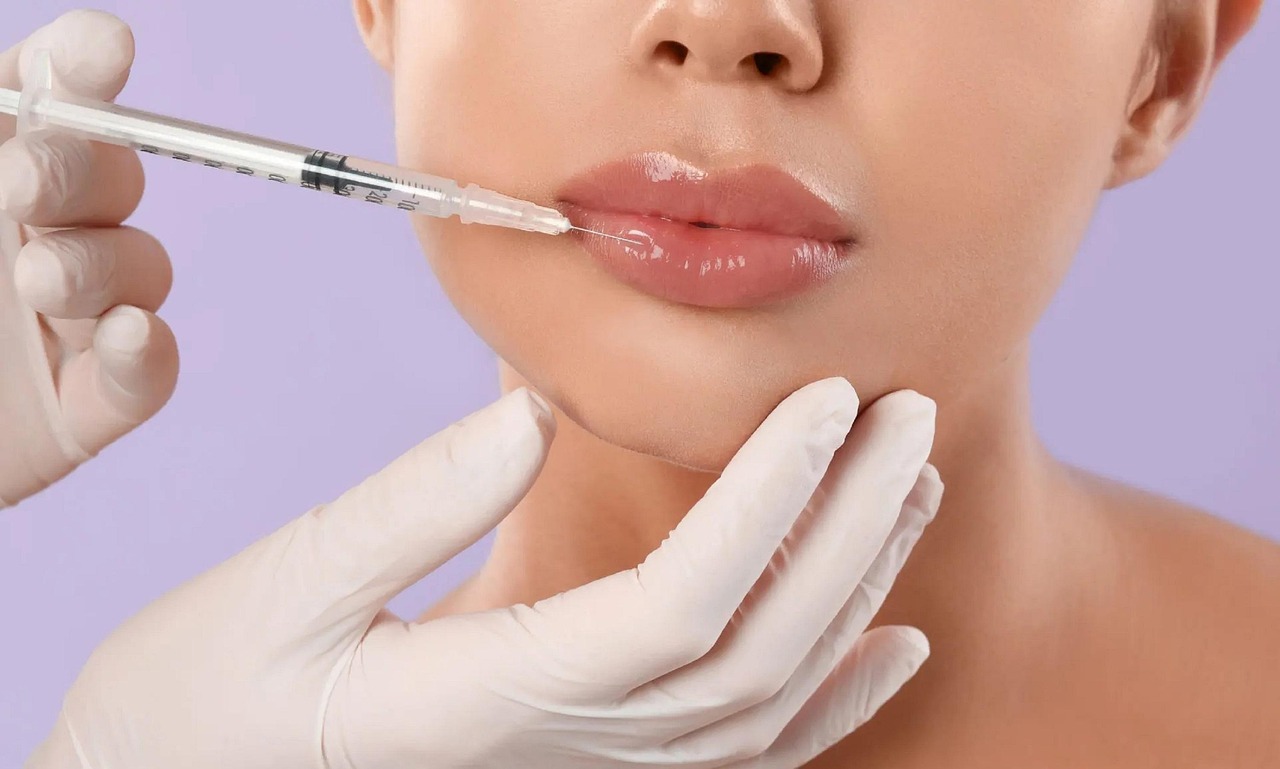Face Fillers: What Women Need to Know About Skin, Beauty & Aging
Face fillers are injectable treatments used to restore volume, smooth lines, and subtly reshape facial features. Increasingly popular among women seeking non-surgical ways to refresh appearance, fillers can target cheeks, lips, nasolabial folds, and under-eye hollows while preserving movement and expression when done conservatively. Understanding types, safety, and realistic outcomes helps anyone considering treatment make an informed choice.

This article is for informational purposes only and should not be considered medical advice. Please consult a qualified healthcare professional for personalized guidance and treatment.
Face: What do fillers do for facial contours?
Dermal fillers are gels injected beneath the skin to add volume, fill wrinkles, and enhance contours of the face. The most common class is hyaluronic acid (HA), a substance naturally present in skin that attracts moisture and can be adjusted for different areas. Other fillers are composed of materials that provide structure or stimulate collagen production. Fillers can lift cheeks, define a jawline, soften nasolabial folds, and refine the lip border. Results vary by product and injector technique and typically last from several months to a couple of years depending on the material used.
Woman: Are fillers suitable for every woman?
Fillers can be suitable for many women but are not universal. Candidates generally seek subtle volume restoration rather than dramatic alteration. A qualified provider evaluates skin quality, facial anatomy, medical history, and aesthetic goals. Important considerations include pregnancy or breastfeeding, active skin infection, certain autoimmune conditions, and medication use that may affect bleeding. Cultural preferences and individual goals also shape treatment plans; many women prefer natural-looking results that complement their personal beauty rather than changing identity or expression.
Skin: How do fillers interact with skin health?
Injecting fillers involves working with the skin and deeper tissues. Proper technique minimizes common short-term effects like swelling, bruising, redness, or tenderness at the injection site. Hyaluronic acid fillers have the advantage of being reversible—an enzyme called hyaluronidase can dissolve HA in case of undesired results or complications. Some non-HA fillers last longer and may stimulate collagen over time, but they are less easily reversed. A pre-treatment skin assessment helps identify issues such as thinning skin, scarring, or conditions that could affect healing. Post-treatment care—avoiding vigorous exercise, sun exposure, and certain medications—supports optimal recovery.
Beauty: Can fillers enhance natural beauty without looking fake?
Yes—when used thoughtfully, fillers enhance natural beauty by restoring proportions and smoothing age-related volume loss. The key is personalized, conservative treatment that respects facial harmony: modest cheek support, subtle lip enhancement, and careful smoothing around the mouth and eyes. Experienced injectors focus on balance and avoid overcorrection. Combining fillers with other minimally invasive treatments (like neuromodulators or skin resurfacing) can yield complementary improvements while maintaining a youthful, natural appearance. Clear communication about desired outcomes helps the provider tailor the plan to the individual woman’s aesthetic.
Aging: Do fillers reverse signs of aging?
Fillers address visible signs of aging—loss of volume, deeper folds, and diminished facial support—by replenishing tissue and improving contours. They do not stop the biological process of aging, but they can produce a refreshed appearance and delay the visible effects of time. Some fillers also stimulate collagen production, which may contribute to longer-term improvements in skin quality. Maintenance treatments are typically required to sustain results. A holistic approach to aging includes sun protection, skin-care routines, healthy lifestyle choices, and realistic expectations about what injectables can achieve.
Before seeking treatment, verify your injector’s credentials, review before-and-after photos, and ask about emergency protocols for rare complications such as vascular occlusion. Look for licensed medical professionals—dermatologists, plastic surgeons, or trained nurse practitioners and physician assistants working under appropriate supervision—who use FDA-cleared or similarly regulated products.
| Provider Name | Services Offered | Key Features/Benefits |
|---|---|---|
| Allergan Aesthetics | Range of hyaluronic acid dermal fillers for facial volume and lips | Well-known HA formulations; reversible with hyaluronidase; established clinical data |
| Galderma | Hyaluronic acid filler family and aesthetic solutions | Varied HA particle sizes for different areas; global presence in aesthetic treatments |
| Merz Aesthetics | Calcium hydroxylapatite and HA-based dermal fillers | Options that provide structural support or stimulate collagen; multiple product types |
Conclusion
Face fillers can be a powerful tool for women seeking to restore volume, soften lines, and subtly enhance beauty while addressing signs of aging. Choosing the right product and a skilled, licensed injector is essential for both safety and natural-looking results. Understand the type of filler being proposed, realistic longevity, and potential recovery so you can make an informed decision aligned with your skin goals.






